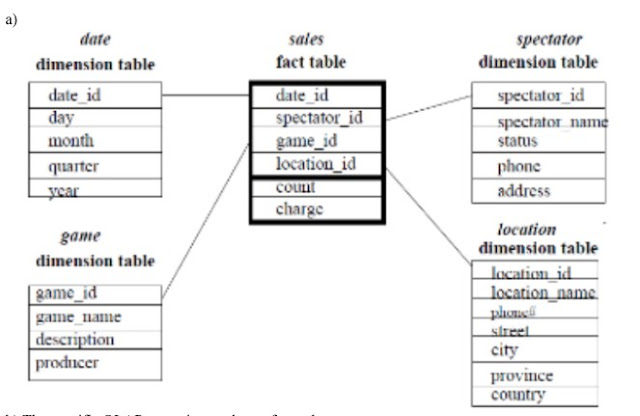Explain third party cloud services with it's examples
THIRD-PARTY CLOUD SERVICES
One of the most important aspects of cloud computing is the ability to combine services from multiple suppliers or integrate them with existing software systems. The service-oriented model, which is the foundation of cloud computing, promotes such an approach and allows for the development of a new class of service known as third-party cloud services. These are the results of adding value to pre-existing cloud computing services, therefore offering clients a more unique and complex solution. Added value may be provided by intelligently coordinating existing services or by integrating new features on top of an existing cor service. Aside from this broad description, there is no distinguishing attribute of this type of service.
Examples of third-party cloud services are explained below:
METACDN
MetaCDN delivers a Content Delivery Network (CDN) service to consumers by using and exploiting heterogeneous storage clouds.
MetaCDN employs mass distributed elastic storage to store user material and employs a software overlay that coordinates the service offers of several cloud storage companies. MetaCDN offers consumers the MetaCDN employs high-level services of a CDN for content distribution and interacts with the low-level interfaces of storage clouds to efficiently position user content based on the predicted geography of its demand. By utilizing the cloud as a storage backend, small businesses may now access a complex and typically expensive content delivery service.
SPOTCLOUD
SpotCloud is not only an enabler for IaaS providers and resellers, but it also serves as a mediator for all transactions linked with the utilization of resources. Users fund their SpotCloud accounts with credit, while capacity sellers are compensated using the standard pay-per-use mechanism. SpotCloud keeps a portion of the money charged to the user. Furthermore, employing a consistent runtime environment and virtual machine management layer offers customers a vendor-agnostic solution that may be important for particular applications.
The two previously mentioned examples demonstrate how diverse third-party services may be: MetaCDN offers a different service to end-users than simple cloud storage options; SpotCloud does not modify the sort of service that is ultimately delivered to end-users, but it enriches it with extra capabilities that result in more effective usage. These are only two instances of the market sector that is currently emerging as a result of the consolidation of cloud computing as a means of making better use of IT resources.




Comments
Post a Comment